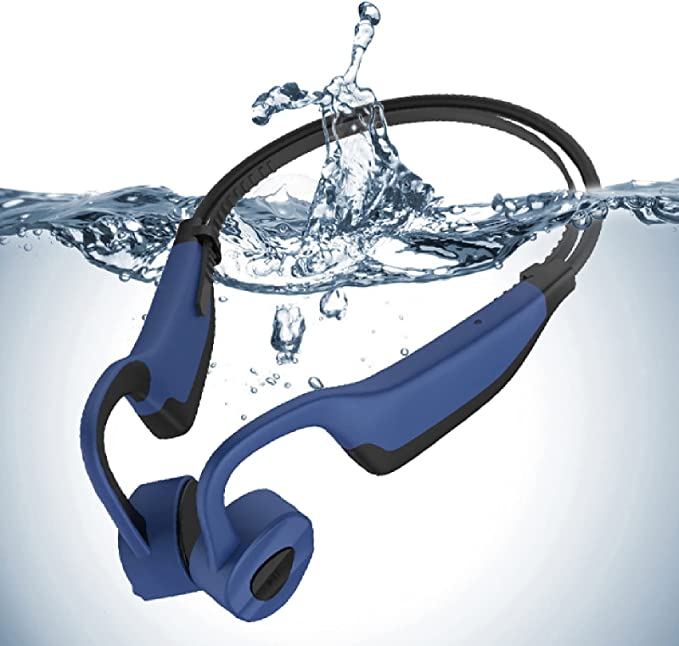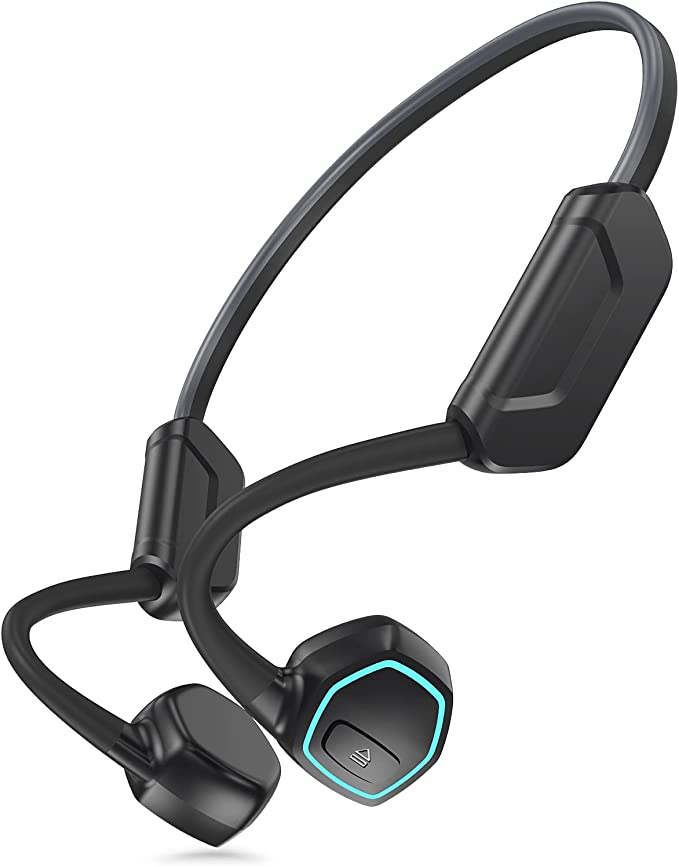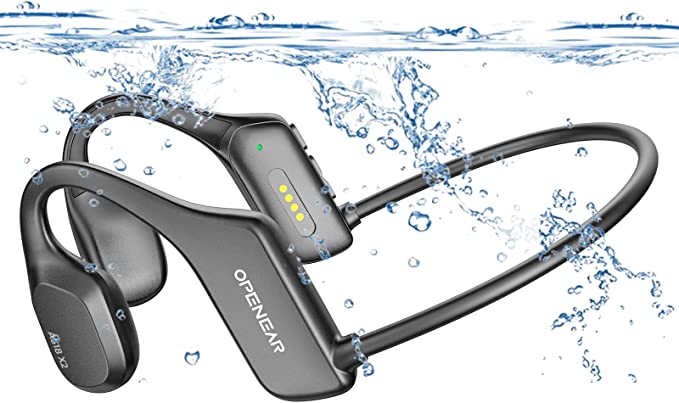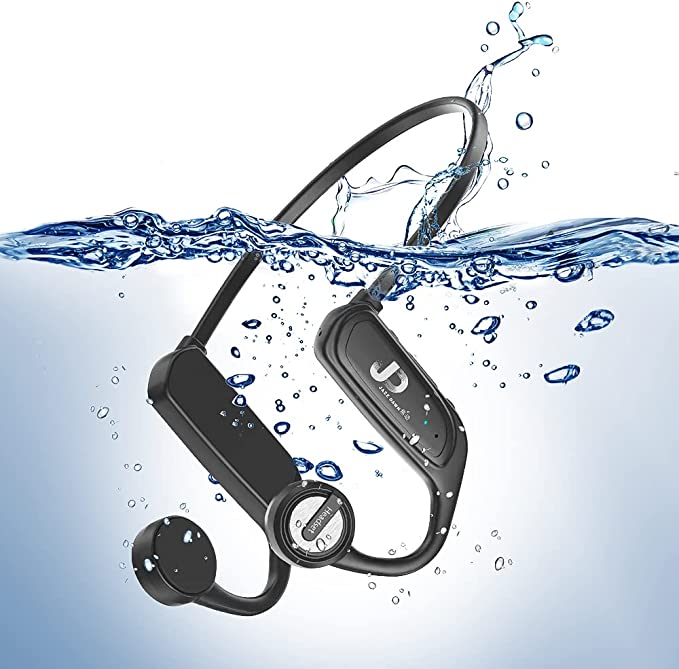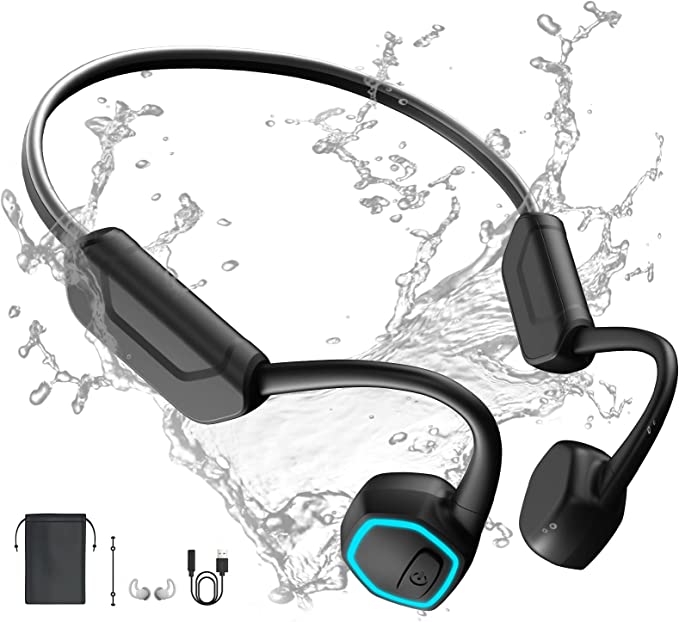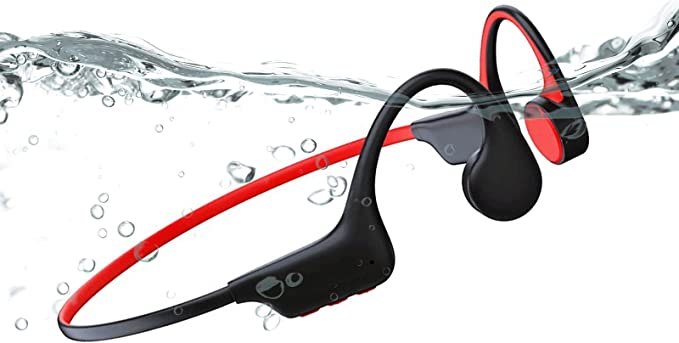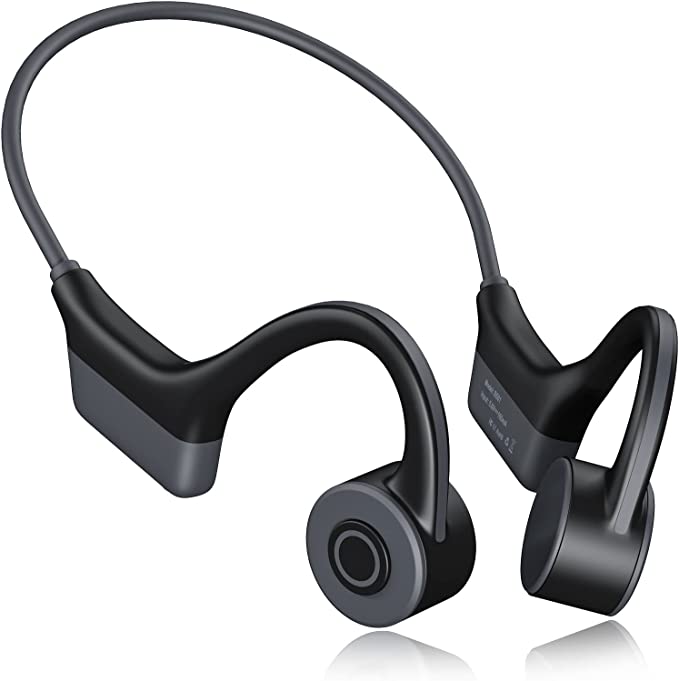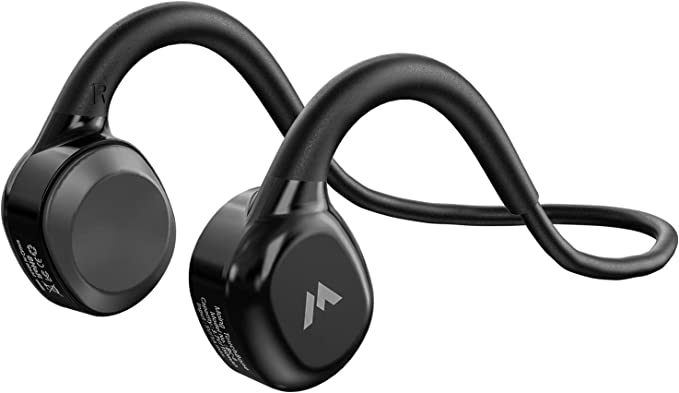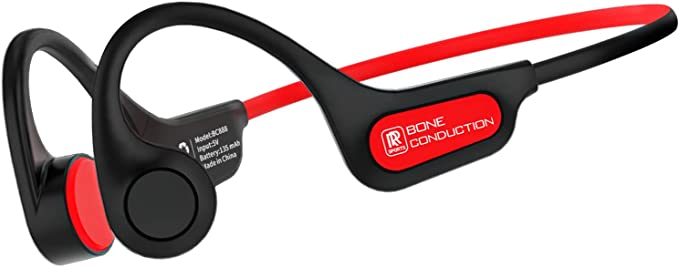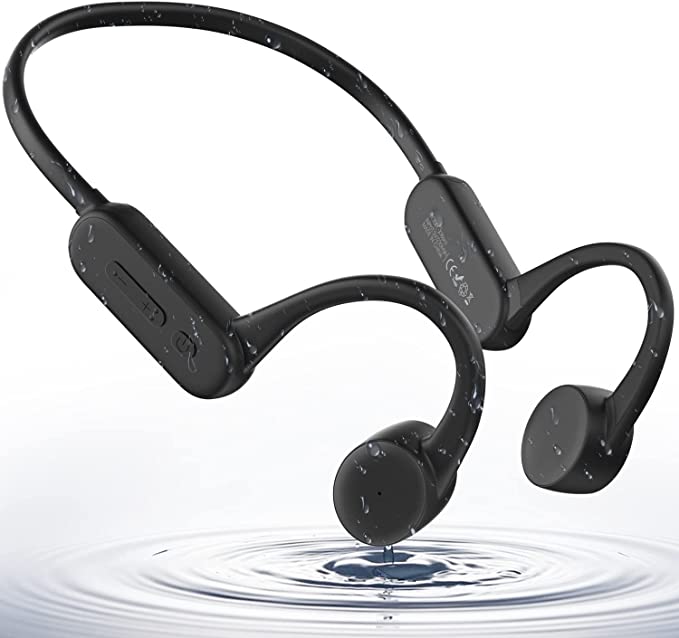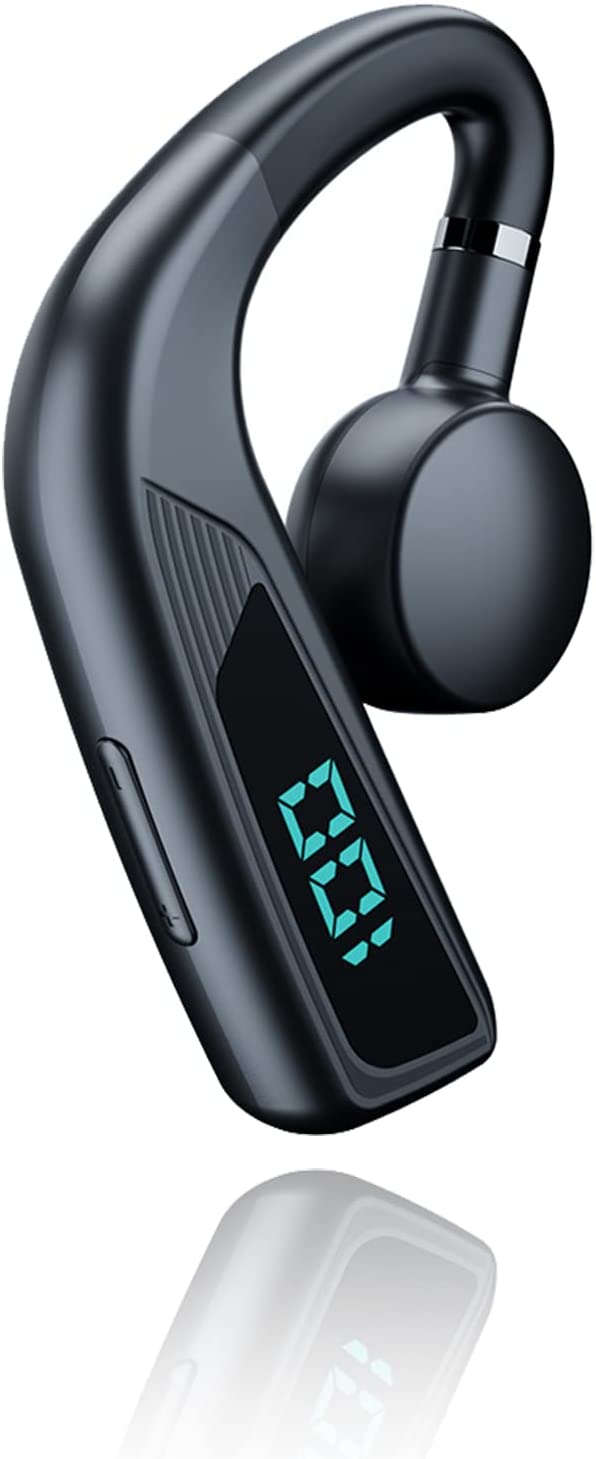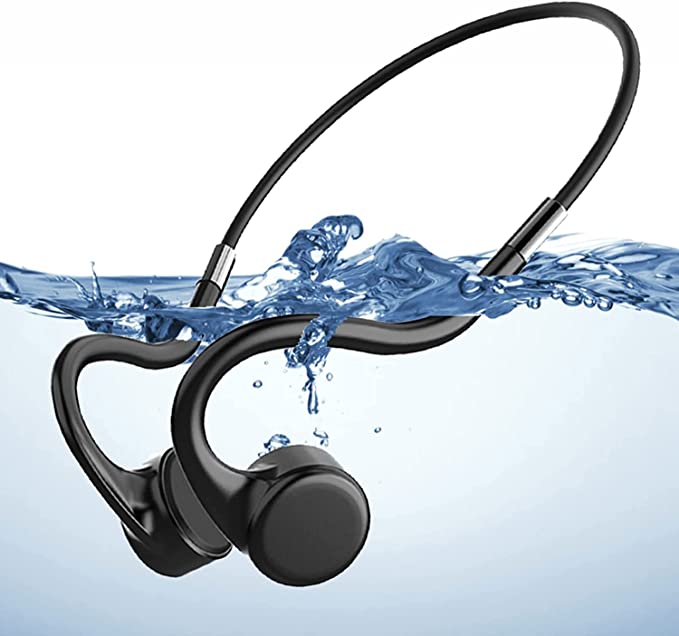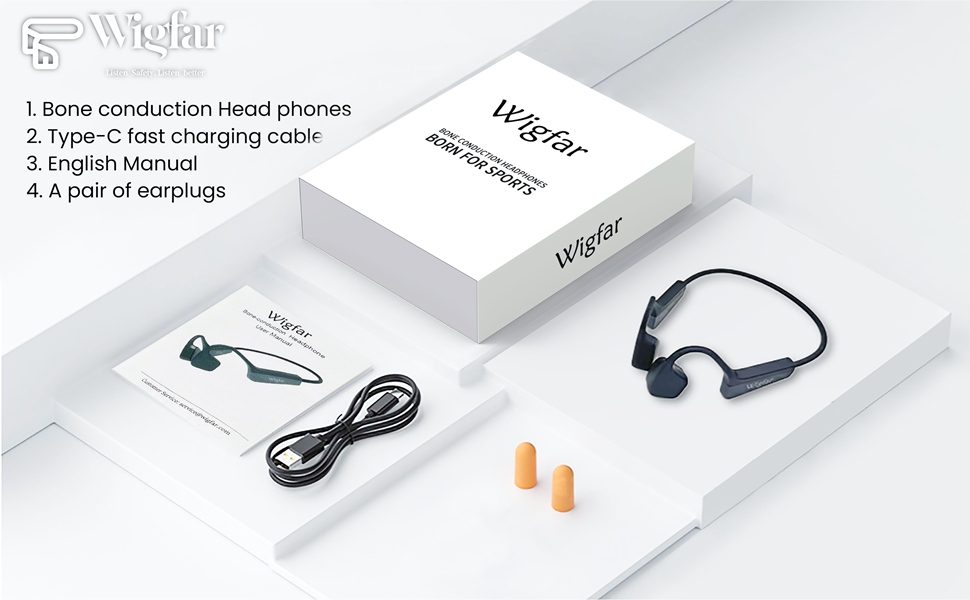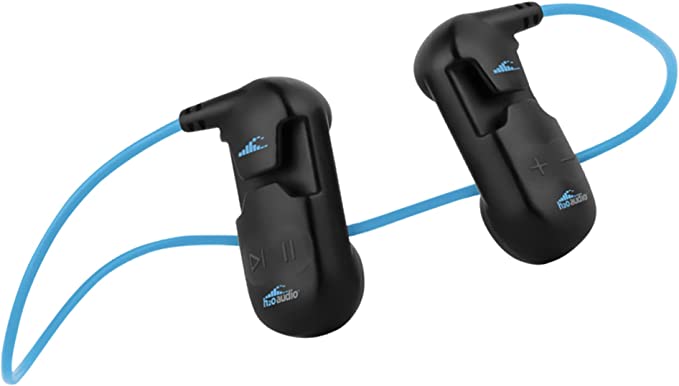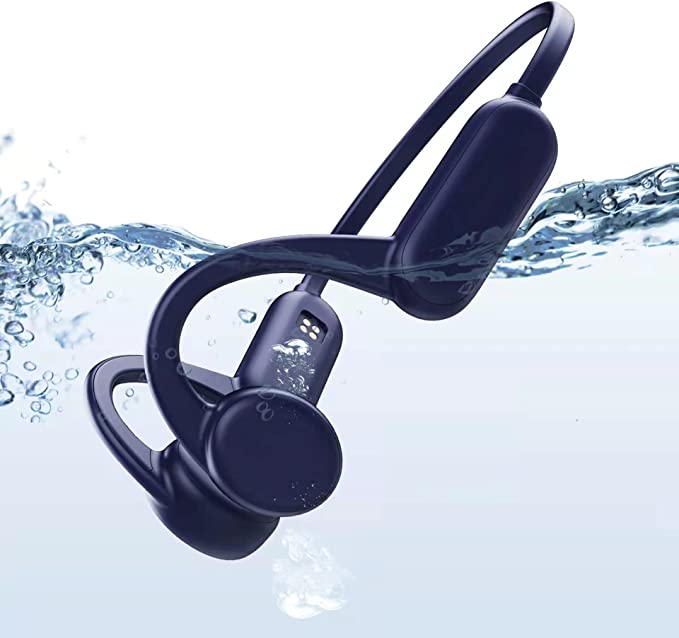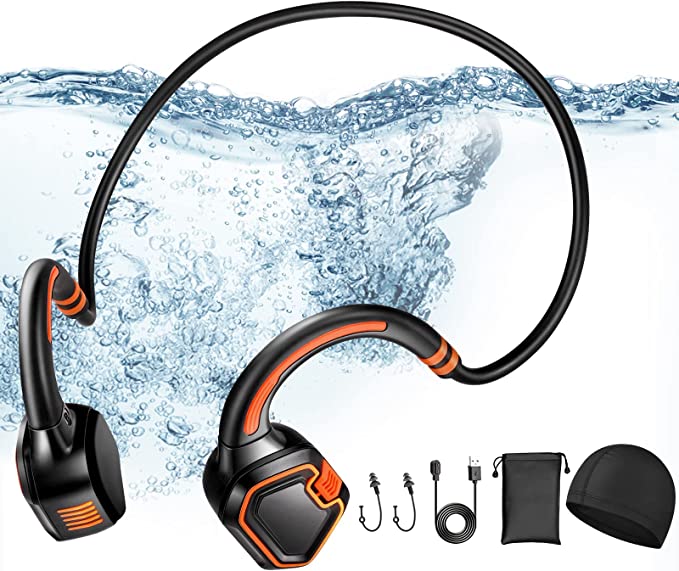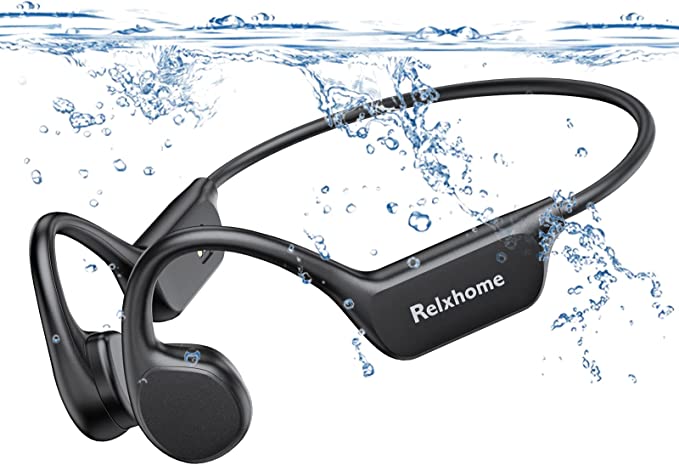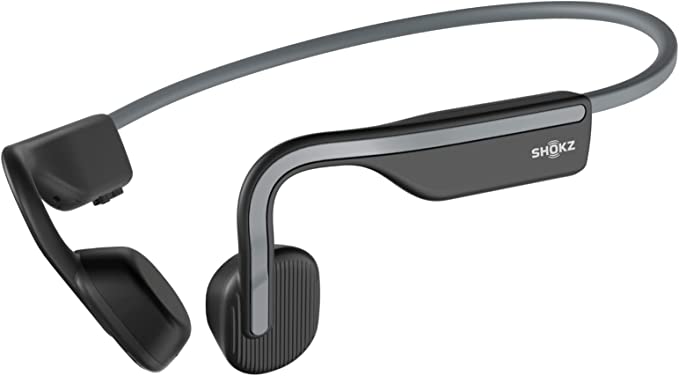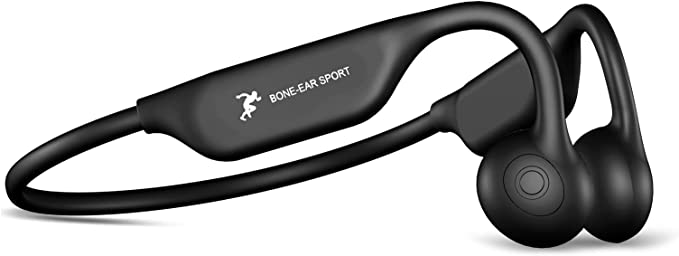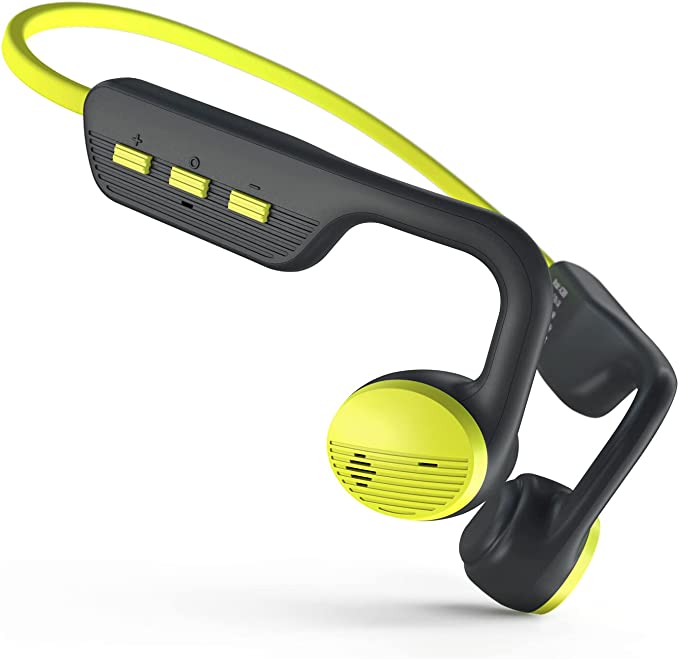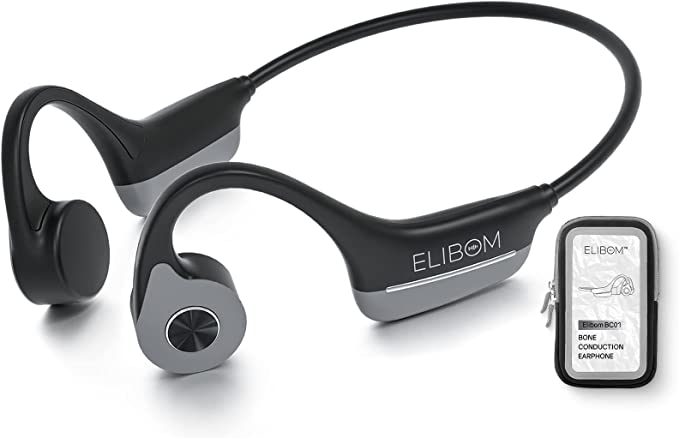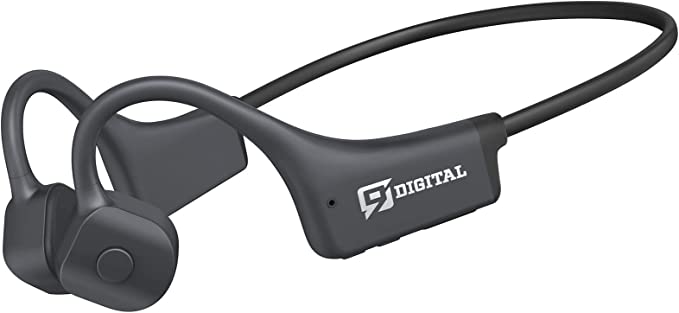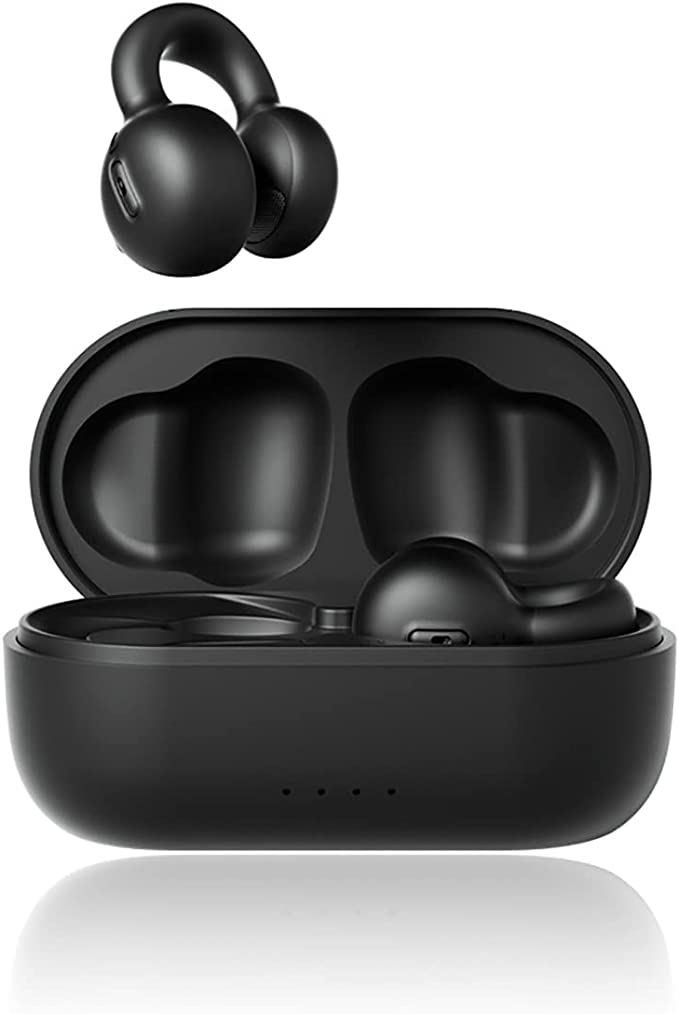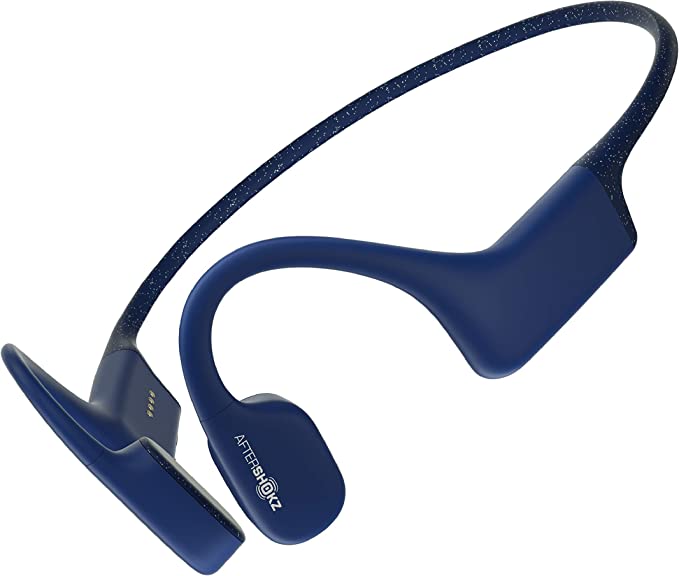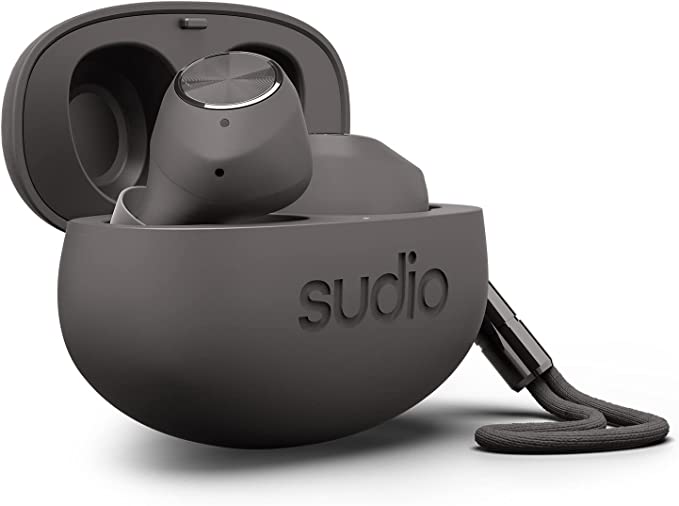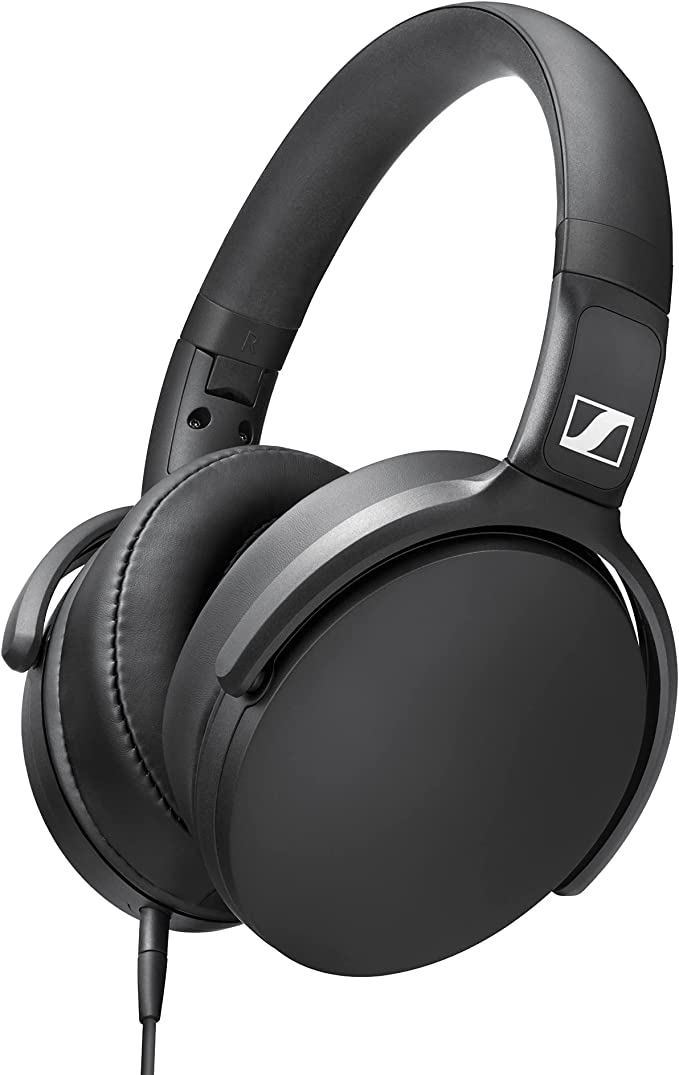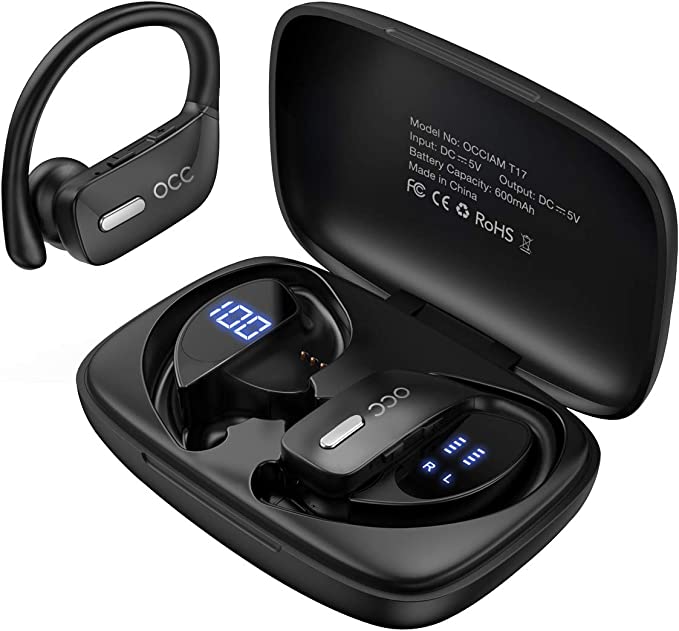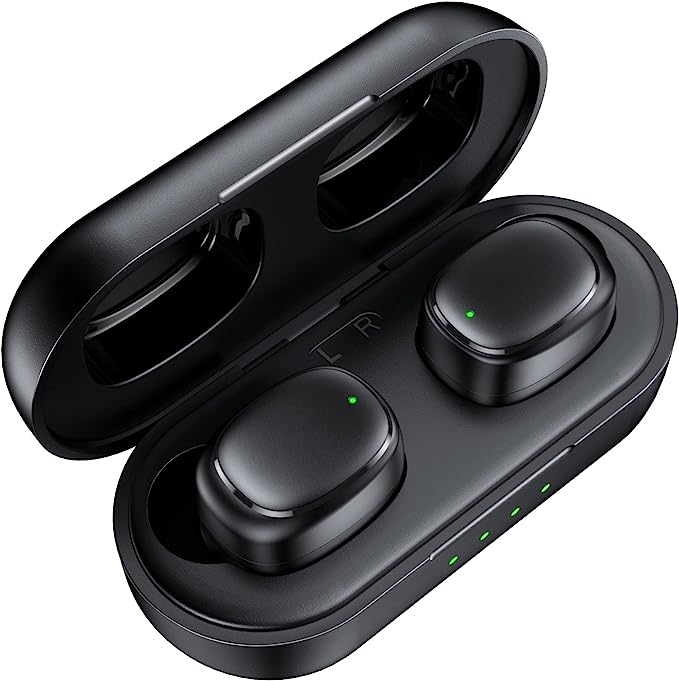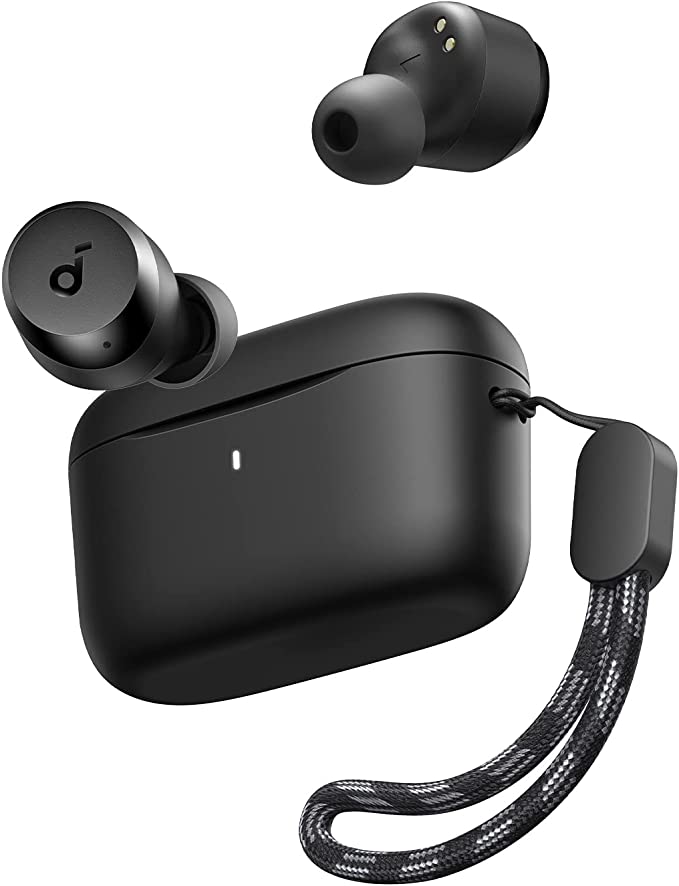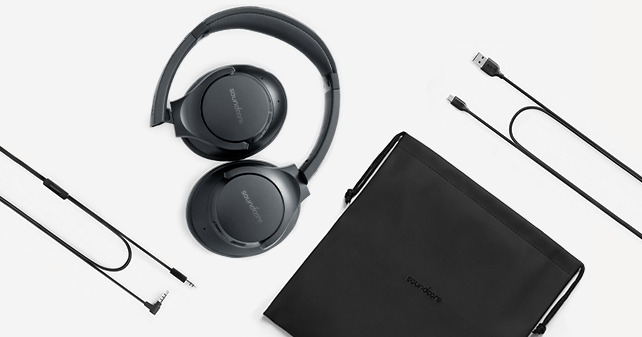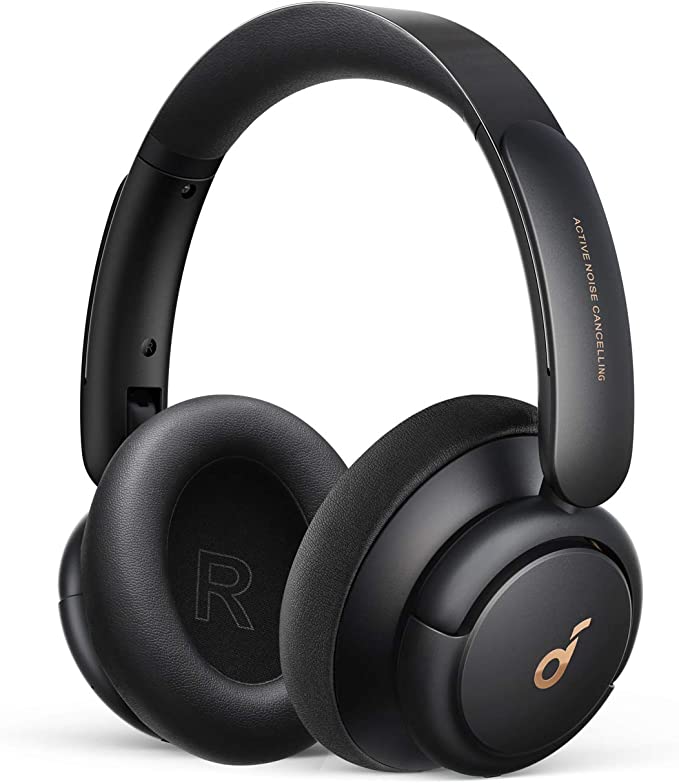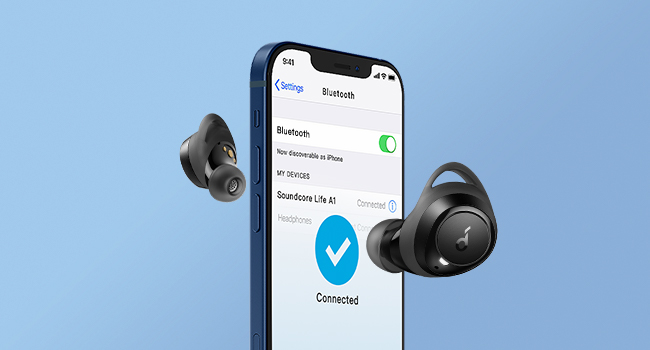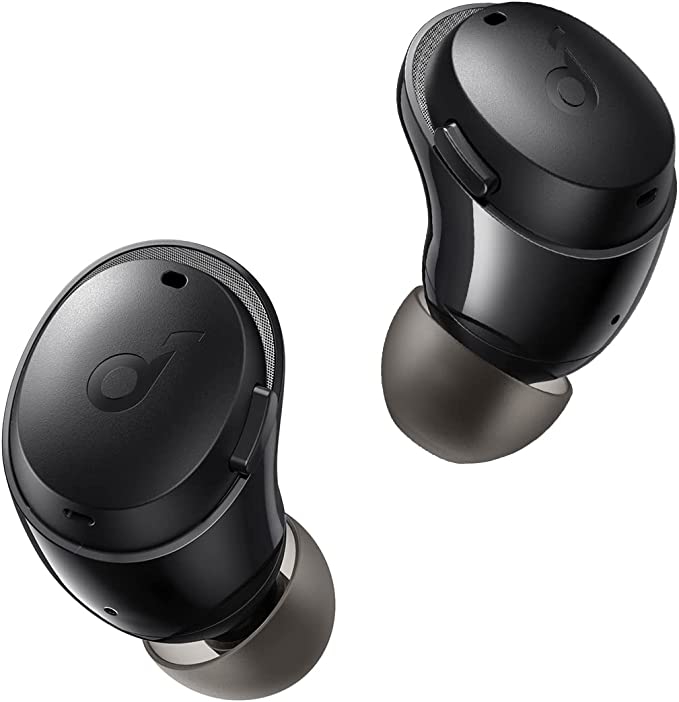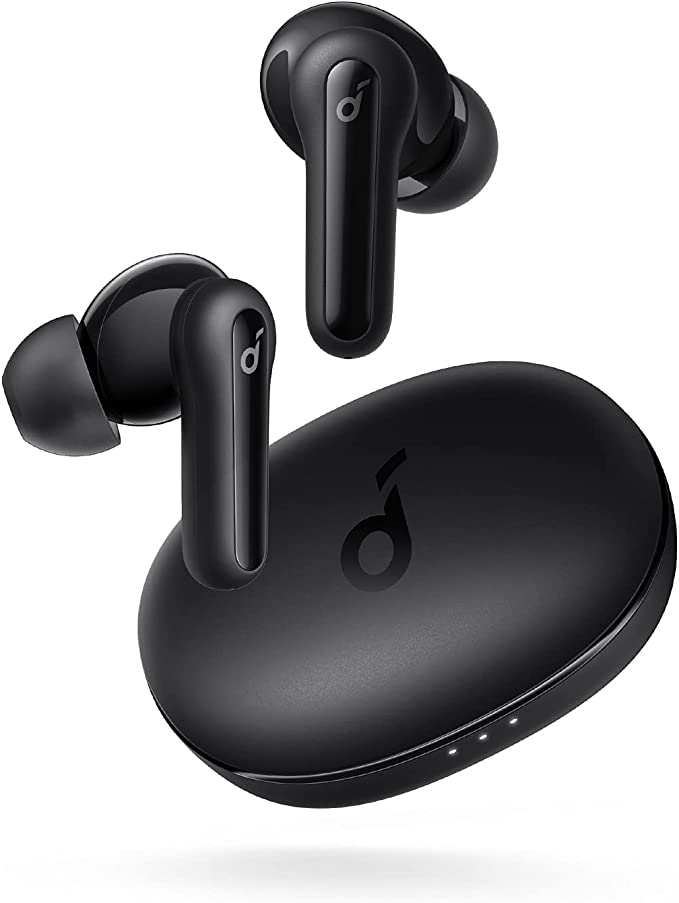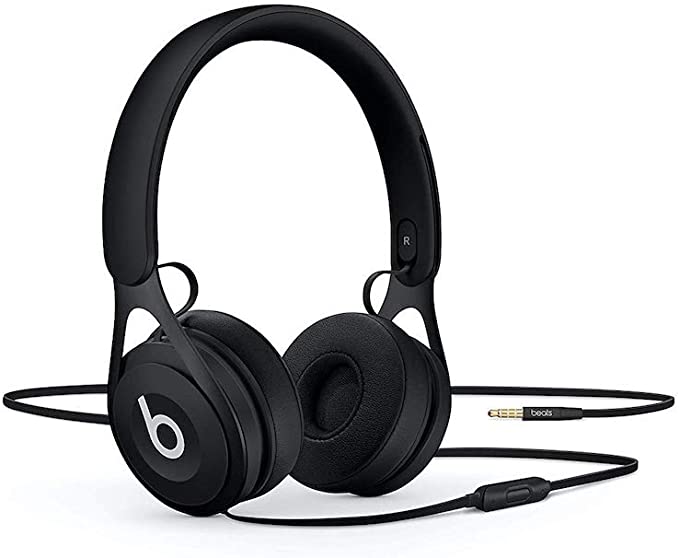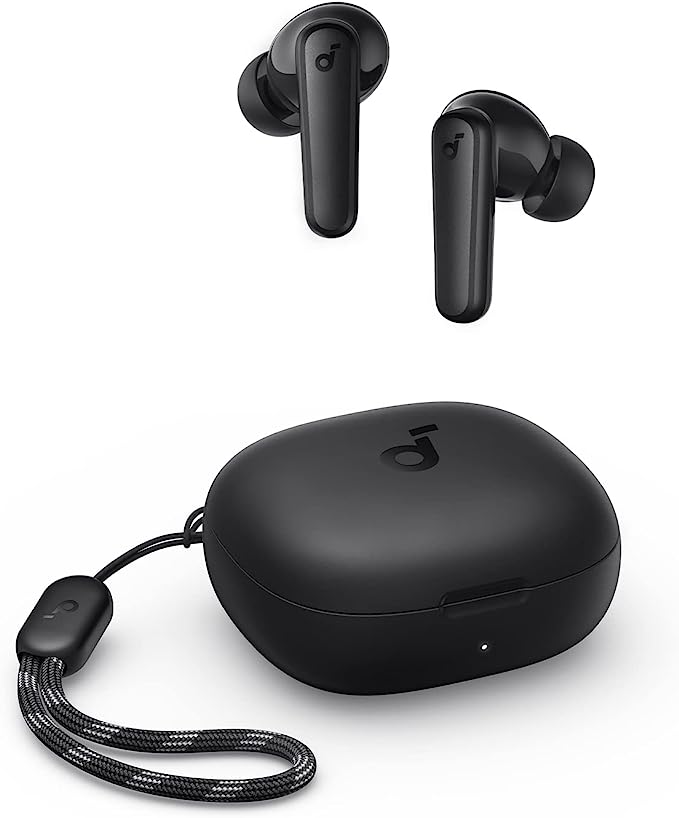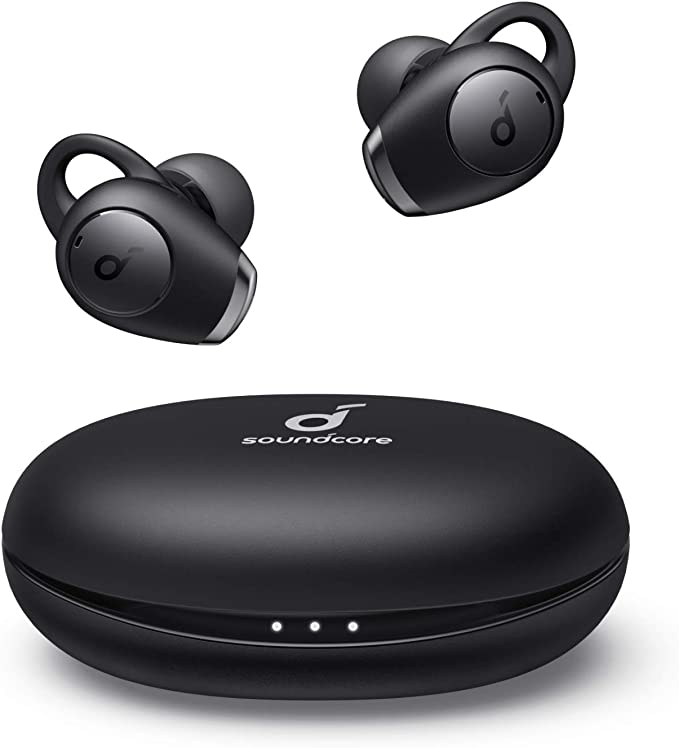Groove While on the Move with the Wissonly Hi Runner Headphones
Update on July 3, 2025, 2:53 p.m.
It’s the early 19th century in Vienna. In a quiet room, a man leans over his piano, a composer lost in a world he can no longer hear in the conventional sense. He places one end of a wooden rod against the instrument’s soundboard and bites down on the other. A phantom of a melody, a vibration, travels through the rod, through his jaw, and sparks to life within his skull. This man is Ludwig van Beethoven, and in his desperate, brilliant act, he is using the very principle that animates the most modern of sports headphones: bone conduction.
This isn’t just a historical anecdote; it’s the key to understanding a technology that seeks to solve a profoundly modern dilemma. We live in an age of unprecedented connection, yet we often navigate our world cocooned in digital silence, our ears plugged with noise-canceling buds that shield us from the blare of traffic, the chatter of a café, and, crucially, the approaching footsteps of a fellow runner or the whir of an electric car. We seek immersion, but we risk isolation. What if we could have our soundtrack without losing the symphony of the world around us?

A Technology Reborn: The Secret Pathway for Sound
This is where that centuries-old principle gets a 21st-century upgrade. Devices like the Wissonly Hi Runner don’t shout into your ear canals. Instead, they whisper to your bones. Resting gently on your cheekbones, they act as tiny, precise engines of vibration. Think of it as a VIP passageway for sound. While conventional audio has to queue up, travel down your ear canal, and knock on your eardrum, these vibrations take a direct, secret route through your skull to the cochlea, the delicate, snail-shaped organ of the inner ear that does the actual work of hearing.
The result is elegantly simple and profoundly effective. Your ears remain completely open. You can be lost in a driving podcast episode while still registering the chime of a bicycle bell, the friendly “on your left!” from a passing cyclist, or the siren in the distance. This is more than a feature; it is a fundamental shift in personal audio, offering what safety experts call situational awareness.

Engineering Against the Elements: The Art of the IPX8 Seal
For a technology born of vibration, the Wissonly Hi Runner is engineered with a remarkable stillness, especially when it comes to resisting the elements. It boasts an IPX8 waterproof rating. Let’s deconstruct that technical jargon. According to the International Electrotechnical Commission’s standard 60529, that “8” signifies the highest level of protection against continuous water submersion. Wissonly specifies this as functional up to a depth of 20 meters, transforming the headphones from merely “sweatproof” into a genuinely amphibious piece of gear.
Achieving this is an art of subtraction. You must eliminate every possible point of water ingress. The body is a seamless, unified form. But the true masterstroke lies in how it charges. Instead of a vulnerable USB-C port—a tiny cave waiting to flood—it employs a magnetic charging system. Two gold-plated contacts snap satisfyingly onto the headset, forming a secure, surface-level connection. It’s a design choice born from a deep understanding of failure points, an elegant solution that seals the device’s last potential weakness against its aquatic nemesis.

The Swimmer’s Paradox: Outsmarting Physics
This robust waterproofing leads us to the technology’s ultimate proving ground: the swimming pool. Here, we encounter a frustrating paradox. You can have the world’s most waterproof headphones, but if they rely on Bluetooth, they’ll fall silent moments after you submerge. The 2.4 GHz radio waves that carry the Bluetooth signal are effectively smothered by water.
The Hi Runner’s answer to this is not to fight physics, but to sidestep it. With the press of a button, it switches from a Bluetooth receiver to a self-contained MP3 player. This is its secret weapon. The 32GB of internal memory, enough to hold thousands of your favorite tracks, transforms the headphones into a music vault. You are no longer tethered to a phone that must remain poolside; you are truly free. In the rhythmic solitude of a long swim, this isn’t just a feature—it’s your private, uninterrupted concert hall.

The Unvarnished Truth: A Conversation About Sound
So, what is it like to hear through your bones? It’s important to have an honest conversation about the acoustics. Bone conduction is not, and was never intended to be, a replacement for a pair of high-fidelity, over-ear studio monitors. As some users have noted, the sound profile can feel different; you might perceive a solid bass presence, but the crisp, shimmering highs of a cymbal might seem less pronounced.
There’s a scientific reason for this. Transmitting vibrations through a solid (your skull) has a different frequency response curve than transmitting them through air. It’s less like being in a concert hall and more like receiving a crystal-clear, private briefing directly inside your head. It excels at the clarity of vocals, podcasts, and the core instrumentation of a song. The technology isn’t a flaw; it’s a deliberate, intelligent trade-off. You are exchanging the last few percentage points of audiophile perfection for a 100% gain in awareness and environmental freedom.

The Future is Listening
In the end, bone conduction headphones like the Wissonly Hi Runner represent more than just a clever piece of sports technology. They embody a different philosophy of our relationship with technology. They suggest that the future isn’t necessarily about creating deeper, more isolating digital worlds, but about designing tools that allow our digital lives to coexist more gracefully with our physical reality. They augment our senses rather than replacing them.
From Beethoven’s desperate genius to the modern swimmer gliding through the water, the principle remains the same. Perhaps the most advanced form of listening isn’t one that blocks everything out, but one that lets everything in—allowing us to hear the powerful, personal rhythm of our own soundtrack and the vital, beautiful music of the world around us, all at the same time.
